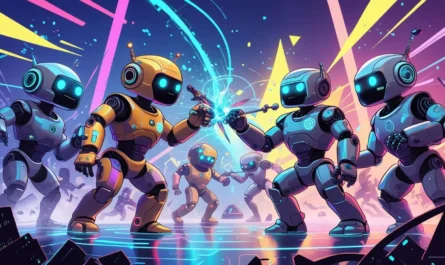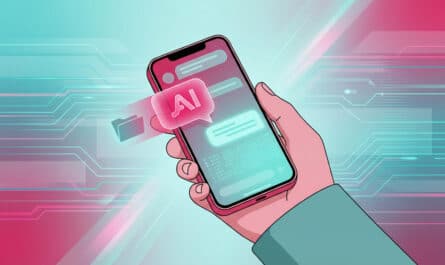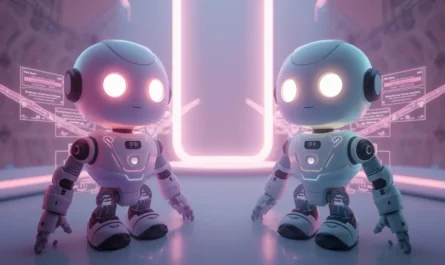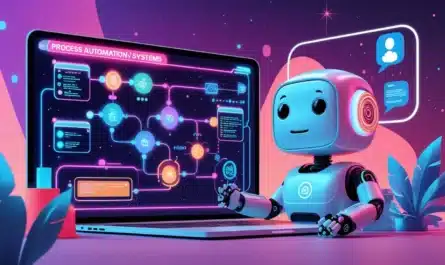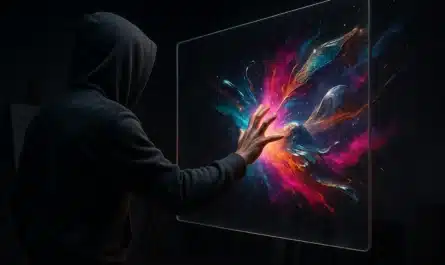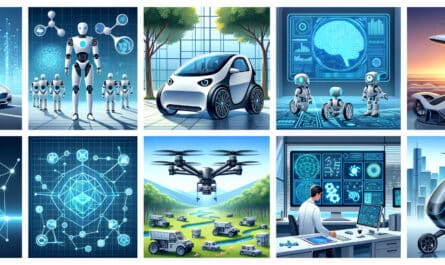Developing a chatbot isn’t just for AI experts! A well-designed chatbot is frankly very useful: it can be a calibrated AI assistant in many areas of expertise. For businesses, for example, it can automate exchanges and improve customer service with 24/7 assistance. But between traditional rules-based chatbots, intelligent conversational agents like ChatGPT, and the diversity of chatbot platforms, it’s hard to find your way around!
In this article, you’ll discover how to develop an AI chatbot like ChatGPT (code and no-code approaches, technical prerequisites. In particular, we’ll look at the role of the chatbot creator and the skills needed to develop an effective conversational agent.
We’ll be sure to give you the best chatbot platforms on the market, with comparisons based on usage, technical level and language support.
Developing a chatbot: how do you create an AI chatbot like ChaGPT?
There are two main approaches to launching the development of an AI chatbot like ChatGPT:
- Creation in code (advanced technical solution): if you’re a developer, you can design a chatbot using specialized frameworks such as Botkit or Botpress. This method offers great freedom in customization, but requires solid programming and API integration skills.
- No-code creation via a chatbot platform: for non-developers, it’s possible to use chatbot software or a no-code chatbot platform. These tools simplify the design of an automated chatbot, without writing code, thanks to visual editors and ready-to-use integrations.
In both cases, the aim is to create a chatbot solution capable of understanding user requests, responding naturally and evolving thanks to artificial intelligence. The chatbot can be specialized in a particular area of expertise: that’s why it’s so interesting to develop your own chatbot.
Prerequisites for developing an AI chatbot like ChatGPT
So you can either custom-code your chatbot like ChatGPT, or use a no-code platform to create a chatbot that won’t require in-depth technical expertise. On the technical side, certain elements are essential for developing an automatic AI chatbot like ChatGPT:
- Access to an AI platform with an AI solution such as OpenAI (GPT-4, GPT-5) or open source alternatives such as LLaMA, Mistral, Rasa, Botpress or OpenChatKit. These platforms serve as the conversational engine for your chatbot software;
- An API key to interact with the language model: in the case of services like OpenAI, the API key lets you connect your application or chatbot platform to the AI model to generate intelligent responses in real time.
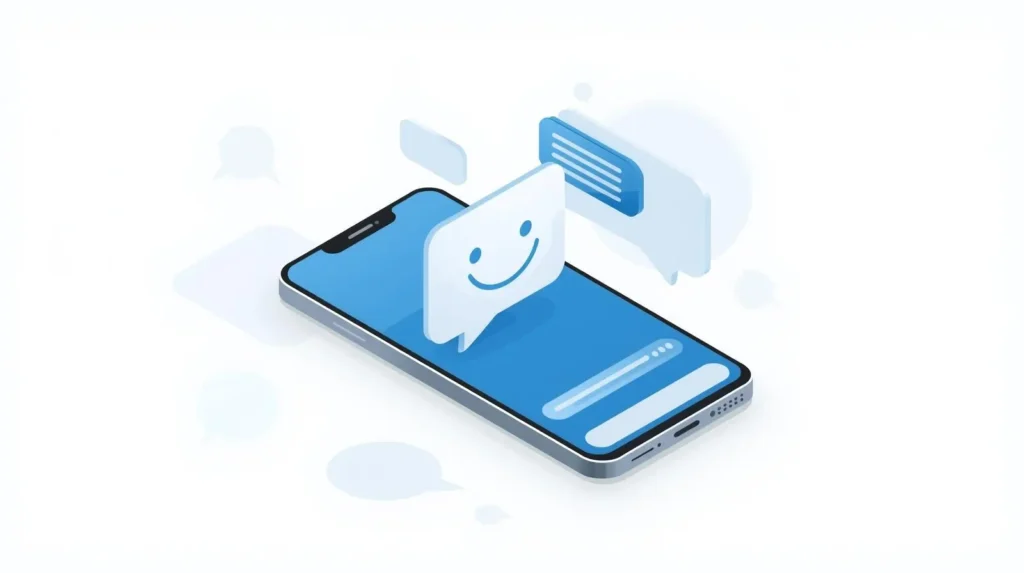
What is a chatbot creator?
A chatbot creator is a person or chatbot software capable of designing, developing and deploying an automated chatbot. These conversational assistants use artificial intelligence or scripts to interact with users, automate tasks and provide continuous support, available 24/7.
Today, a number of chatbot platforms, notably in no-code, simplify chatbot development.
A chatbot creator can
- Design the chatbot by defining conversation flows, usage scenarios and the bot’s overall architecture in order to respond effectively to user needs.
- Define objectives: identify expected functionalities and use cases (FAQ, customer support, order taking, personalized advice) to automate repetitive tasks.
- Proceed with chatbot development: use specialized frameworks, AI APIs or no-code chatbot software to build a high-performance bot. In some cases, this involves coordinating teams of developers, designers and business experts.
- Test and optimize the chatbot : check the relevance of responses, the fluidity of exchanges and continuously improve thanks to user feedback.
- Perform multi-channel integration: deploy the automated chatbot across different channels (website, mobile app, social networks, instant messengers like WhatsApp or Messenger).
The best platforms for creating a conversational agent
Today, there are numerous chatbot solution creation platforms adapted to different technical levels and business needs. The majority of these tools are in English, but some French alternatives stand out for their simplicity and RGPD compliance.
To help you choose the best option, here are the top five chatbot creator platforms to know about:
| Platform | IA/NLP | Chatbot development level | Main use | Language |
| Botpress | Native NLP + LLM (GPT, Claude, Mistral) + RAG | Mix no-code/code | Complex business bots, advanced integrations, RAG | English (FR limited) |
| Botnation | Proprietary NLP/IA + SmartAI | Code no. | Business Bot, multichannel, customer service, marketing | French |
| Dialogflow | Advanced NLP Google | Technical (dev/IA) | Powerful, multilingual NLU | English (doc FR partial) |
| Manychat | Scripted logic + AI add-ons | Code no. | Marketing automation, e-commerce | English, Spanish, Portuguese |
| Landbot | Basic AI + External NLP | Code no. | Lead generation, simple automation | English, Spanish |
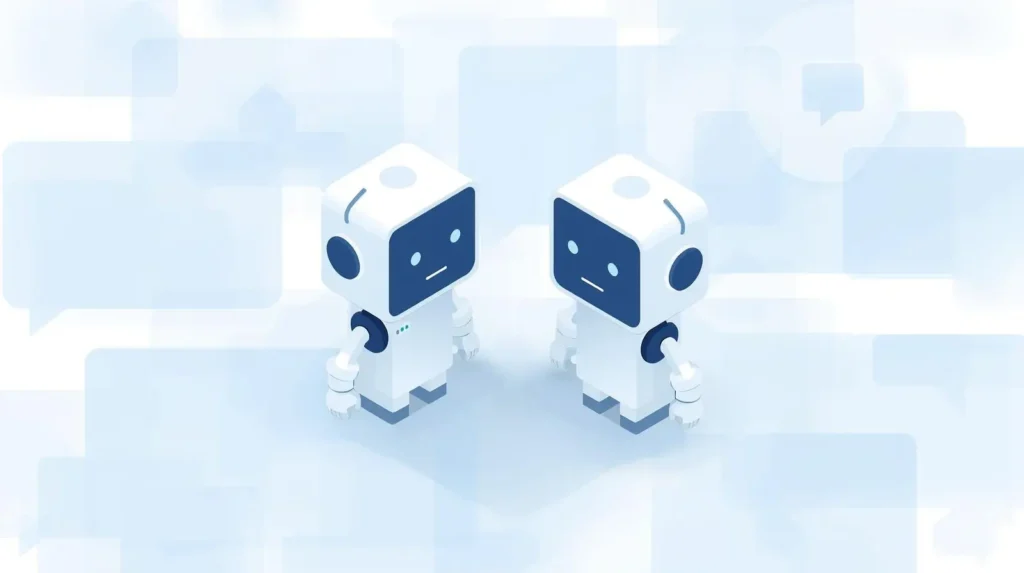
Is ChatGPT a chatbot? What’s the difference between a chatbot and ChatGPT?
ChatGPT is indeed a chatbot, but not all chatbots are ChatGPT! In fact, the term “chatbot” encompasses all conversational agents.
There are two approaches to chatbot development: the traditional chatbot and the conversational AI chatbot, such as ChatGPT.
A classic chat bot is based on simple rules and scenarios. ChatGPT, on the other hand, is a generative AI chatbot: the very embodiment of the new generation of intelligent conversational agents.
ChatGPT, developed by OpenAI, is an automatic chatbot based on generative AI and a language model (GPT). Unlike conventional bots, it doesn’t just follow a scripted scenario: it
It’s actually an AI conversational agent, capable of holding a fluid, nuanced and evolving dialogue; unlike a chatbot (also called conversational robot, conversational bot or conversational agent) which is a program designed to automate a chatbot conversation with a user.
A classic chatbot, i.e. one without AI, is usually based on scripts, decision trees or pre-established rules.

